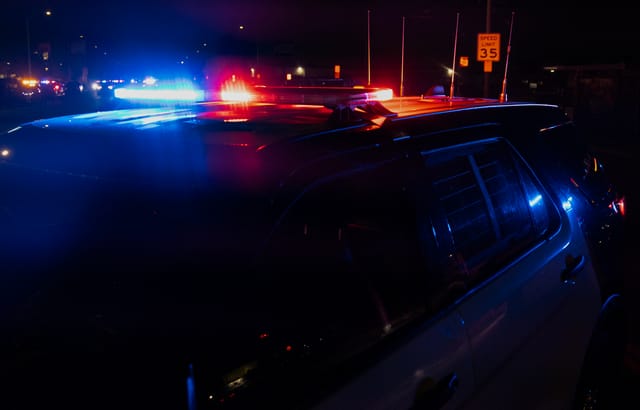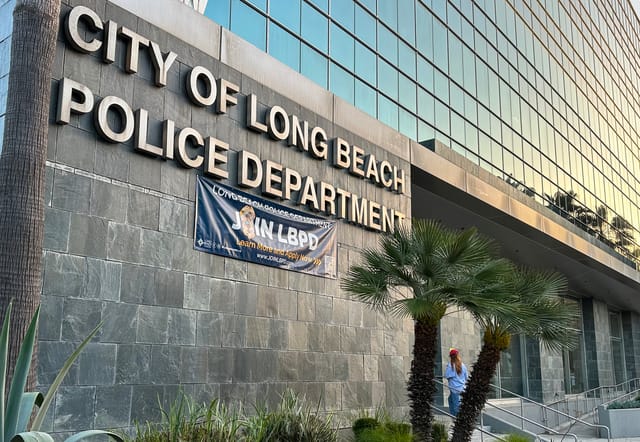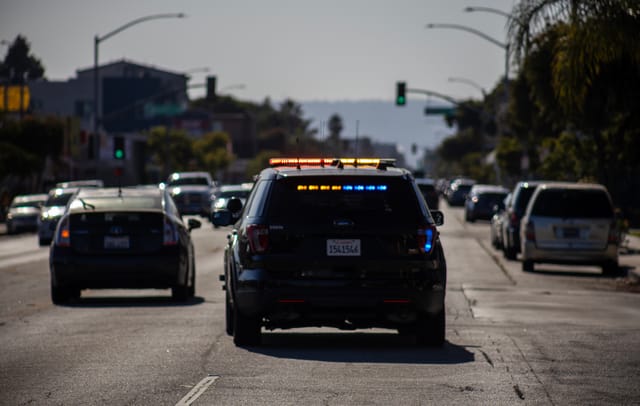Hybrid-electric plane landing at Long Beach Airport marks ‘significant leap’ toward cleaning air travel
The milestone is a welcome step for residents who have spent nearly two years pushing back against air and noise pollution at the airport.
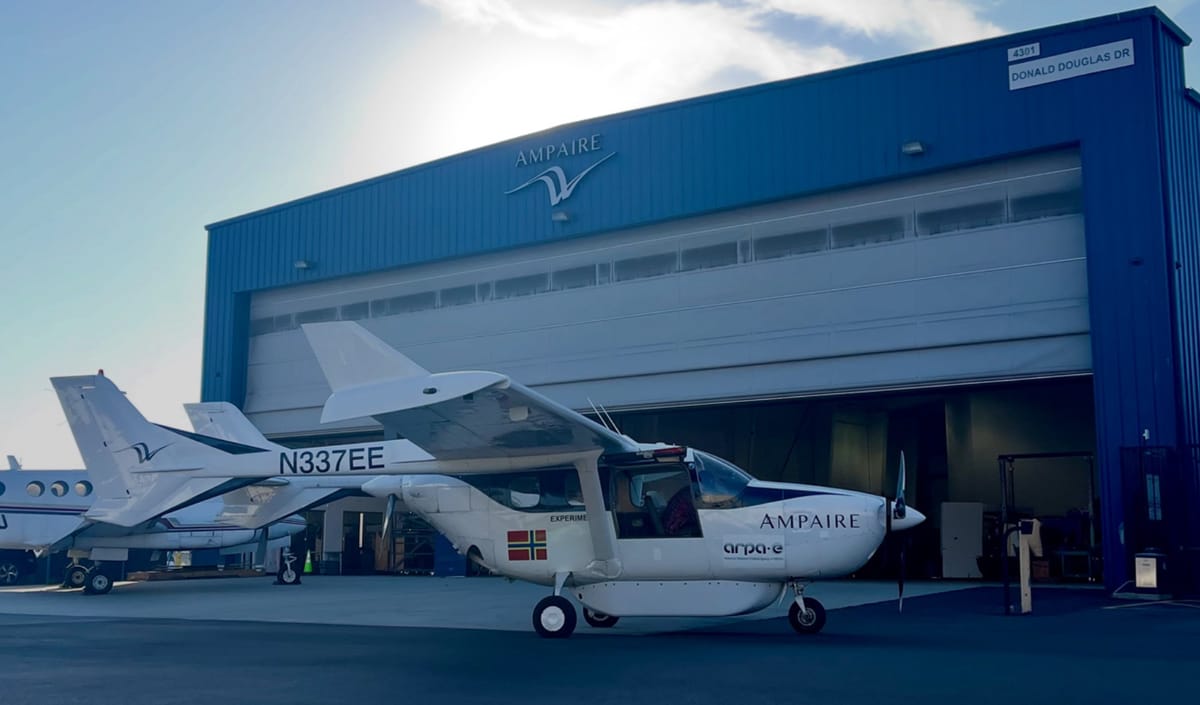
As residents continue to battle the city over noise and air pollution generated by small aircraft operating out of Long Beach Airport, one local company just landed its hybrid-electric plane at the airfield for the first time.
Ampaire, which relocated its operations from Hawthorne to Long Beach last year, announced its retrofitted Cessna Skymaster, dubbed the “Electric EEL,” landed at the municipal airport Thursday, “marking a significant leap in the future of eco-friendly air travel.”
“This historic landing at Long Beach Airport represents a meaningful step forward, for Ampaire and also for the industry,” CEO Kevin Noertker said in a statement. “It’s crucial that new technology airplanes achieve the ability to safely operate in airspace associated with major airports.”
The aircraft, also known as the “Hawaii Bird,” flew 85 miles over 35 minutes from Ampaire’s flight test location in Camarillo to Long Beach, according to the company. The plan traveled south along the California coastline, including devastation of Malibu and the Pacific Palisades amid ongoing wildfires throughout the region.
Seeing the destruction, the company said it was reminded of the “urgent need to address climate change.”
“The flight highlights the critical importance of sustainable technologies like hybrid electric aviation in reducing greenhouse gas emissions and mitigating environmental damage,” the company wrote in a press release.
Sustainable aviation takes flight at Long Beach Airport! @AmpaireInc hybrid electric “Hawaii Bird” just completed its first flight into LGB, marking a step toward cleaner, greener air travel. Proud to call this innovative company a part of the Long Beach Airport family! ✈️ pic.twitter.com/enGO4q5Euq
— Long Beach Airport (@LGBAirport) January 17, 2025
Ampaire’s milestone comes amid a battle between residents and the city regarding noise and air pollution from local flight schools. Nearly two years ago, residents came together and formed the Small Aircraft Noise Reduction group, or SANeR, to push back against an uptick in general aviation activity that they argue has diminished quality of life. The group has garnered over 850 members on Facebook.
SANeR has pushed the city to take a stronger stance in curtailing late-night activity as well as barring leaded aviation gas from use in the city. Over the last year, city officials have introduced a number of initiatives to achieve those goals, including funding to reimburse plane operators that switch to the more expensive unleaded fuel and a voluntary “fly friendly” program. But the initiatives have not really moved the needle.
The most recent update from the city regarding its efforts included an opinion from the Federal Aviation Administration, which cleared the way for the city to increase fines for general aviation operators who violate the airport’s noise ordinance. Under the noise ordinance, fines do not kick in until the third violation in a 24-month period. After two written warnings, the third violation results in a $100 fine, followed by $300 fines for each subsequent violation.
It remains unclear, however, what the new fine system will look like or when it will be implemented, according to airport officials. Officials previously proposed doubling the fines, which SANeR said is “inadequate.”
“Airport staff is currently developing recommendation language and values based on CPI adjustments, and the additional clause for automatic future adjustments pursuant to a legal opinion issued by the FAA,” airport spokesperson Kate Kuykendall said in an email. “Once the recommendation language for the Council Letter is finalized, it will be submitted for City Council for approval.”
As SANeR continues its fight, the group said Ampaire’s milestone is a welcome step toward its goals.
“While we don’t know much about them or how often they’ll be flying around our neighborhoods, we applaud any efforts that keep the community safer from accidents, lead and noise,” SANeR co-founder Lisa Dunn said in a text message Friday.
“There is some concern on how this could potentially impact the already saturated airspace from both local and out of area flight schools making it less safe,” Dunn added.
Founded in 2016, Ampaire’s hybrid and electric propulsion technologies are now applicable across multiple aircraft types. The company’s immediate goal is to rapidly upgrade existing gas-powered planes to hybrids as the industry continues to work toward viable fully electric craft.
The maiden flight of the EEL came in 2019. After making “substantial improvements,” the EEL took to the air again in September 2020. A month later, the aircraft set a record for the longest flight of any aircraft employing electric propulsion at 341 miles over 2.5 hours.
In July 2022, Ampaire made headlines again when the EEL flew a continuous 1,135 miles during a trip from LA to Wisconsin, which was the “longest nonstop flight ever made by a hybrid-electric aircraft,” according to the company, which added the aircraft demonstrated a fuel savings of up to 40% compared to a standard Cessna Skymaster.
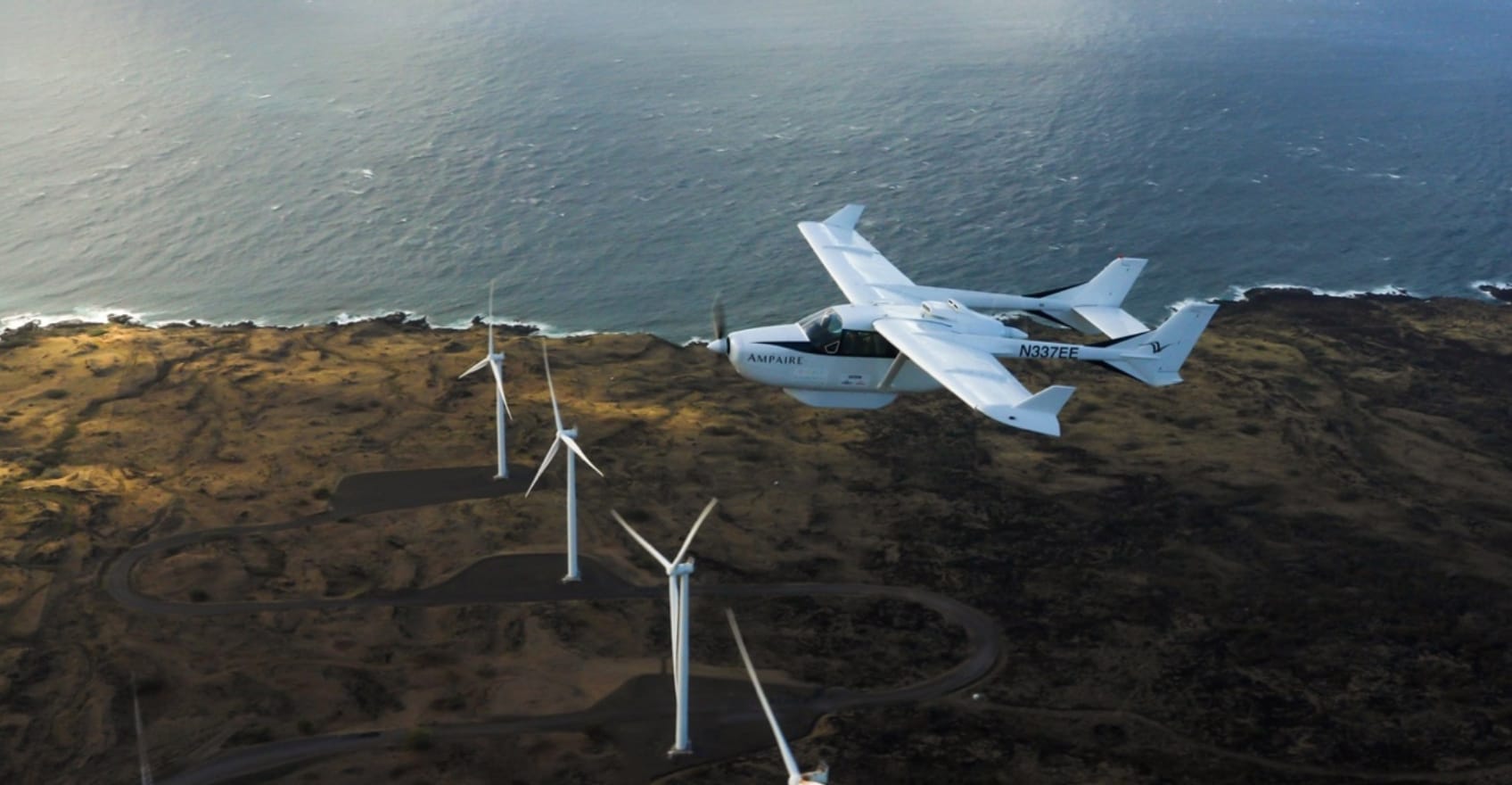
Following a 3,400-mile series of flights from Southern California to Fairbanks International Airport in Alaska, the company stated that its retrofitted Cessna delivered a 50-70% fuel cost savings and a 25-50% maintenance cost savings.
In December 2023, the set what it believed was a new record for hybrid-electric aircraft endurance, flying for exactly 12 hours with over two hours of fuel and battery reserves remaining upon landing.
“The indomitable spirit of innovation within the entire Ampaire team propels us forward on this journey toward a sustainable future,” Noertker said at the time. “It is a testament to our lasting commitment to pioneering excellence.”
To date, the Hawaii Bird has logged tens of thousands of miles around the world, according to Ampaire, which added the aircraft represents a “scalable solution for reducing carbon emissions and operational costs across a wide range of aircraft.”
“This milestone speaks to the progress we’re making in building trust in cleaner, more efficient, and accessible air travel,” Noertker said of the Long Beach landing.
We need your support.
Subcribe to the Watchdog today.
The Long Beach Watchdog is owned by journalists, and paid for by readers like you. If independent, local reporting like the story you just read is important to you, support our work by becoming a subscriber.



